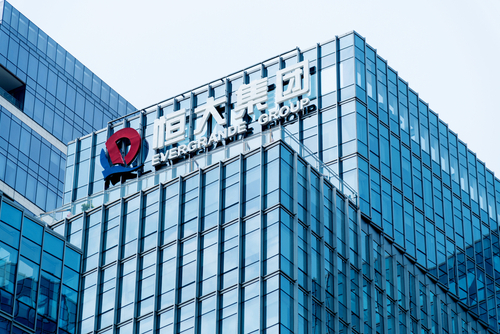This site uses cookies to provide you with a great user experience. By using BondbloX, you accept our use of cookies.
| | | | | | | | | | | | | | | | | | | | | | | | | | | | | | | | | | | | | | | | | | | | | | | | | | | | | | | | | | | | | | | | | | | | | | | | | | | | | | | | | | | | | | | | | | | | | | | | | | | | | | | | | | | | | | | | | | | | | | | | | | | | | | | | | | | | | | | | | | | | | | | | | | | | | | | | | | | | | | | | | | | | | | | | | | | | | | | | | | | | | | | | | | | | | | | | | | | | | | | | | | | | | | | | | | | | | | | | | | | |
Bond Market News
Evergrande Downgraded Two Notches to B- by S&P
July 27, 2021

China Evergrande was downgraded two notches by S&P to B- on weakened funding access, with a negative outlook. S&P noted that its weakened funding access will hamper its liquidity and ability to reduce debt in an orderly manner and comes on the back of China Guangfa Bank’s recent freeze of Evergrande’s assets. Although the conflict was resolved, S&P believes that it points to the fragility of Evergrande’s funding situation. Evergrande’s maturity wall is significant next year with $6bn in offshore maturities and repayments concentrated in H1 next year. With this backdrop, Evergrande may find refinancing challenging if its capital market access does not recover in time.
They also see profitability declining severely given its aggressive price promotions to drive sales and cash collection. S&P expects gross margins to fall to 15-18% in 2021-22 from 25% in 2020. They also expect annual EBITDA in 2021-2023 dropping to 40-50% below its peak in 2019 with leverage also to likely rise to 7.5-8x in 2021-2022, compared with 6.9x in 2020. Given its subsidiary Hengda accounts for about 70% of Evergrande’s debt, and 85-90% of its sales and profit, they are also bound to be rated in tandem with Evergrande. S&P also lowered its long-term issue rating on the USD notes issued by Evergrande and guaranteed by Tianji to CCC+ from B.
Despite the negatives, S&P notes that Evergrande may monetize some of its property development and rental property assets though the size is difficult to gauge. Since the developer is an asset-rich company, it has options for sourcing funds – its planned listing of its theme park and bottled water businesses alongside the expected listing of their Fangchebao Group Co. Ltd. (FCB) in the US. Last month Evergrande was downgraded by Moody’s to B2 from B1 and by Fitch to B from B+.
Evergrande’s bonds were lower with its 8.25% 2022s down 1 point to 66.25.
For the full story, click here
Go back to Latest bond Market News
Related Posts:








